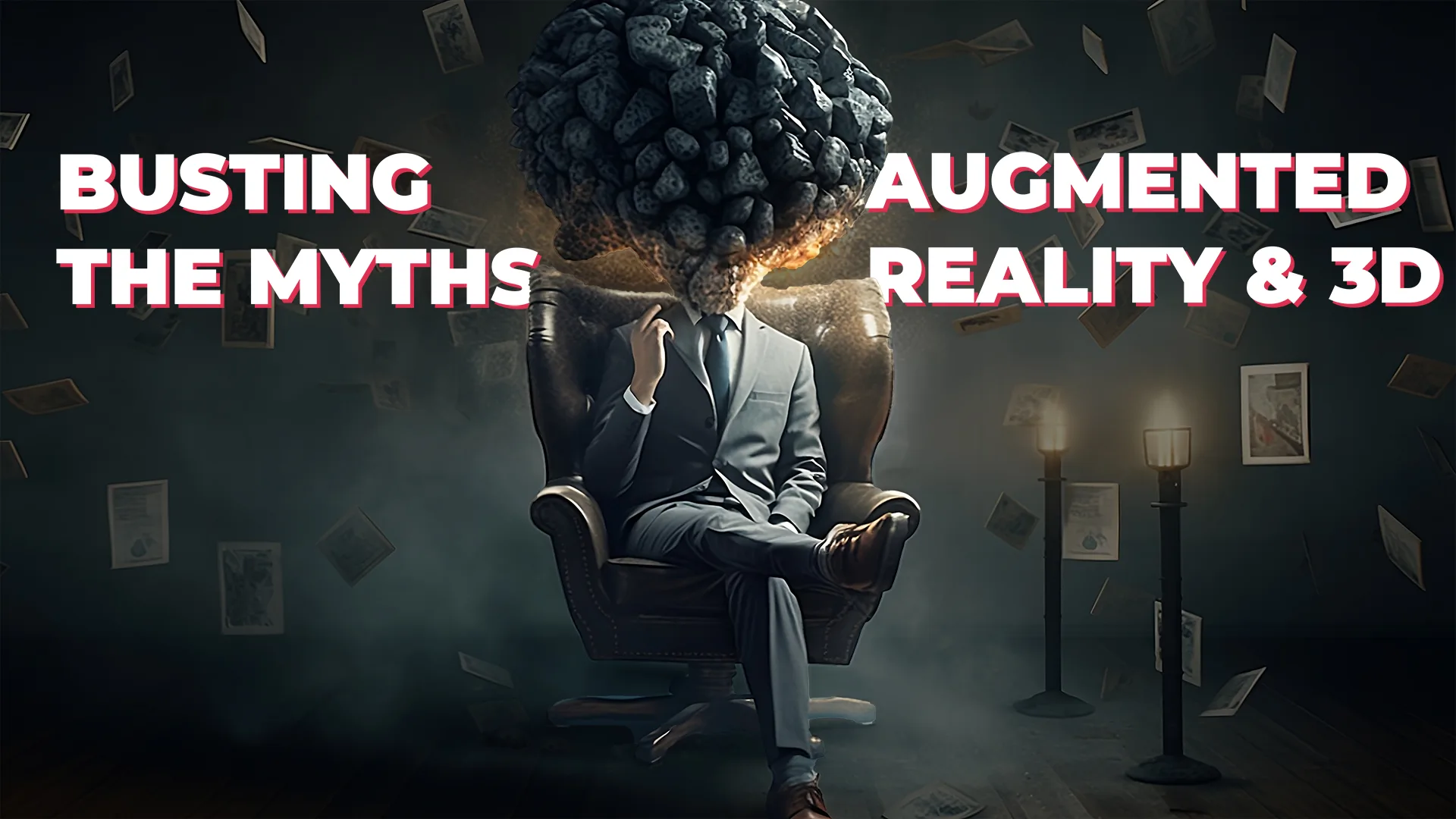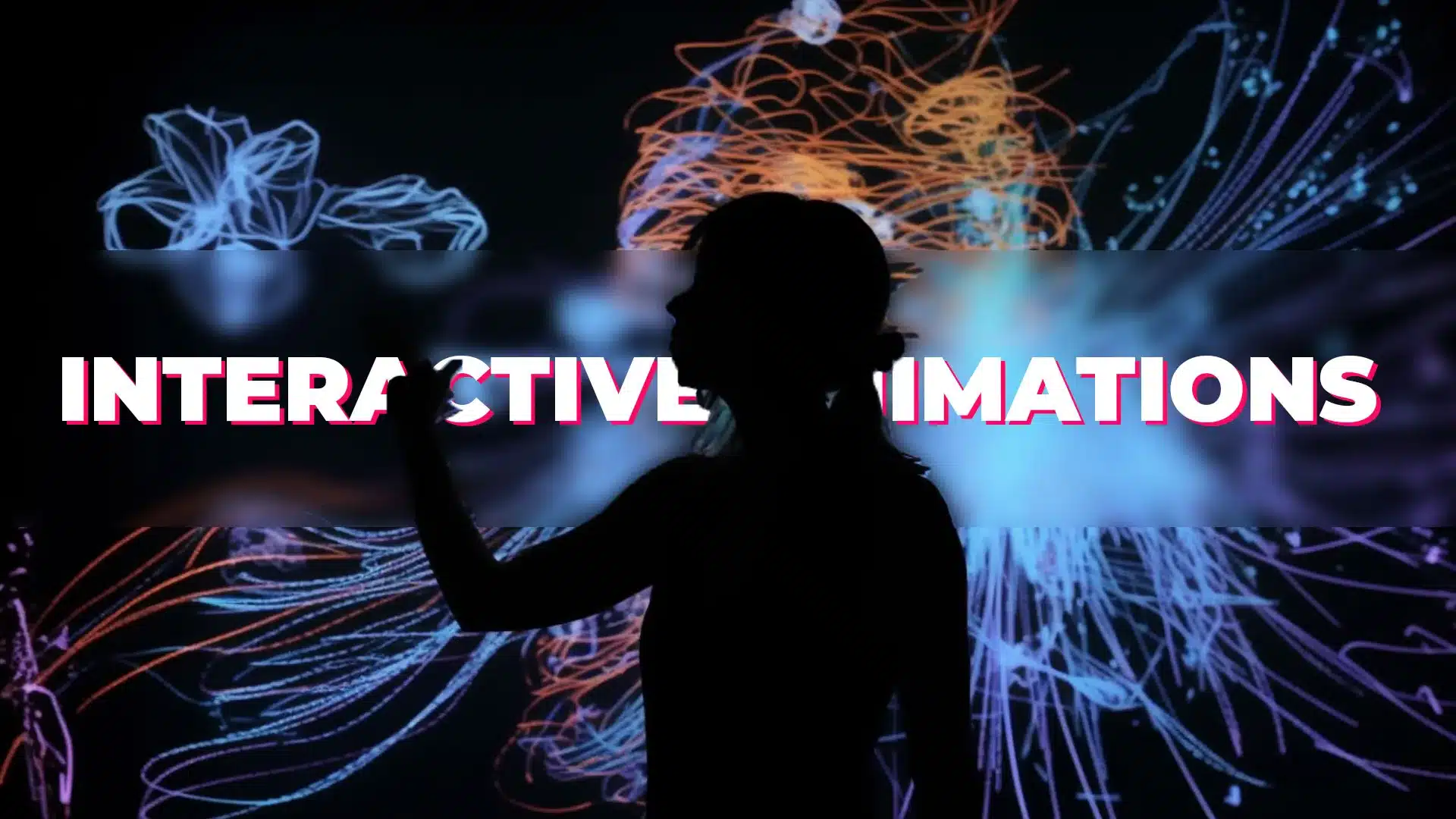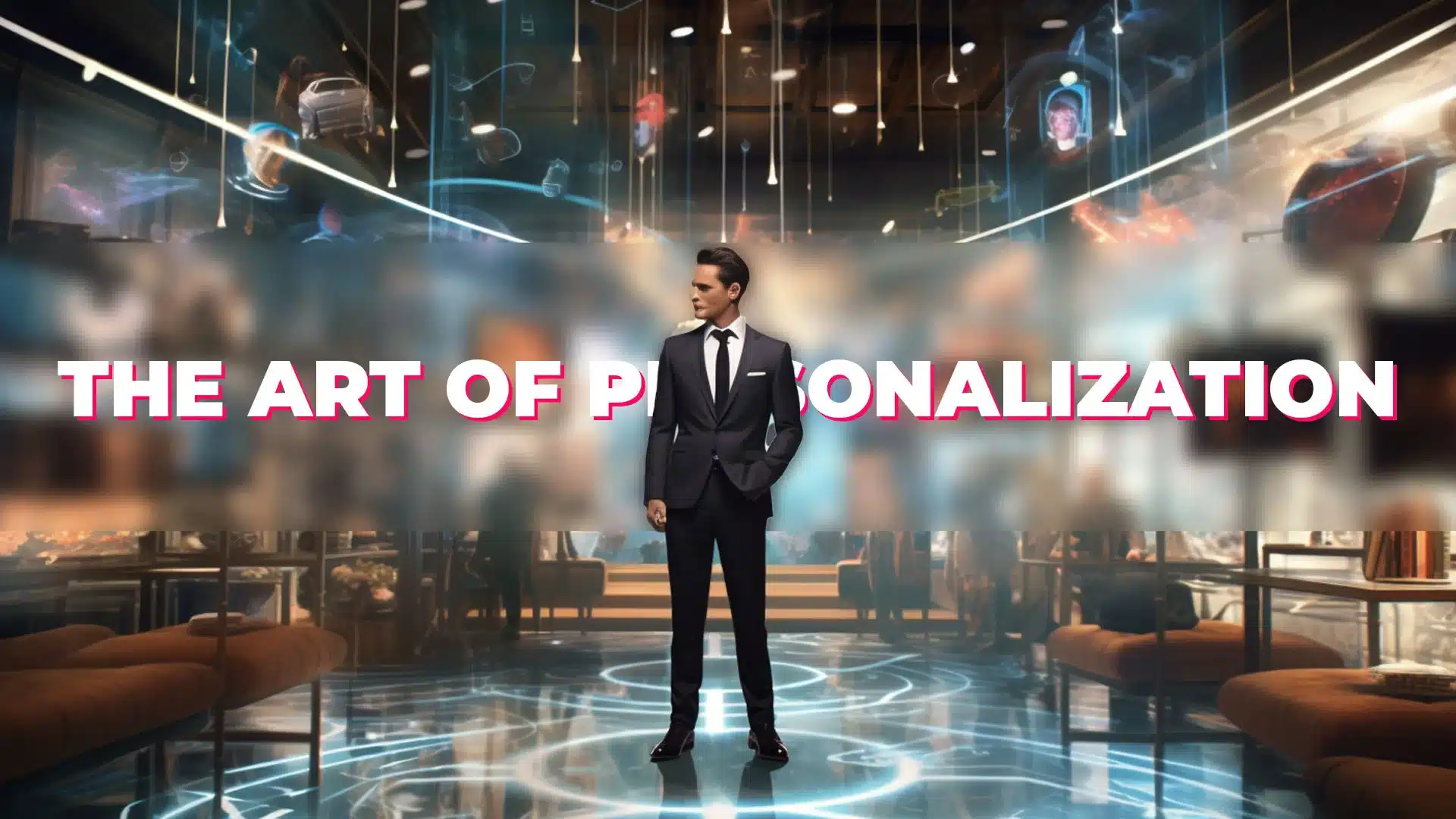Unveiling the Truth Behind Common Misconceptions to Harness the Power of 3D and Augmented Reality💡
Introduction:
Marketers’ relationship with 3D and augmented reality (AR) has been a roller coaster ride, influenced by misleading beliefs and unfounded expectations. In this blog post, we will debunk the common misconceptions that have hindered marketers from fully embracing the potential of 3D and AR. Join us as we shed light on the truths that will revolutionize your perspective and unlock the untapped benefits of these technologies.
Myth 1: 3D Models Fail to Capture the Same Level of Realism as Their Physical Counterparts.
One prevalent belief is that 3D models fall short in capturing the true essence of products. However, significant advancements have elevated the quality of 3D product renderings, enabling them to be digital twins that impress both the masses and critics. Discover how brands like Apple have seamlessly integrated 3D models into their visuals, blurring the lines between the digital and physical realms.
Myth 2: 3D Experiences Cause Website Performance to Suffer.
It is true that poorly designed websites with heavy digital experiences can be slow. However, this shouldn’t hinder marketers from leveraging 3D configurators to enhance product visualization. Learn how well-engineered 3D experiences can actually boost confidence in purchase decisions, reduce returns, and deliver impressive performance without sacrificing website speed.
Myth 3: Augmented Reality Demands App Downloads from Users.
The misconception that augmented reality necessitates app downloads has deterred marketers from exploring its potential. Fortunately, the advent of WebAR has eliminated this barrier. Explore how WebAR enables users to enjoy AR experiences directly through their device’s camera, eliminating the need for app installations. Discover how this frictionless approach enhances user engagement and simplifies the deployment of AR across multiple touchpoints.
Myth 4: 3D and AR are Exclusive to Certain Industries.
Many marketers believe that 3D visualization and AR are only relevant in select industries. However, the truth is that these technologies have the power to revolutionize diverse sectors. Delve into success stories from sporting goods, home decor, apparel, beauty, and beyond. Uncover how 3D configurators and immersive shopping experiences are driving conversions, reducing returns, and increasing average cart values across various verticals.
Conclusion:
It’s time to shatter the misconceptions surrounding 3D and AR that have held marketers back. By understanding the truths behind these technologies, you can harness their transformative potential to captivate your audience and drive business growth. Embrace the power of 3D and AR, and let go of the outdated beliefs that have hindered your success. Step into a new era of marketing innovation and unlock endless possibilities by visiting our digital interactive services.
Note: The content has been rewritten to address the wrong beliefs marketers often have about 3D and AR, providing insights and counterarguments to dispel those misconceptions.










